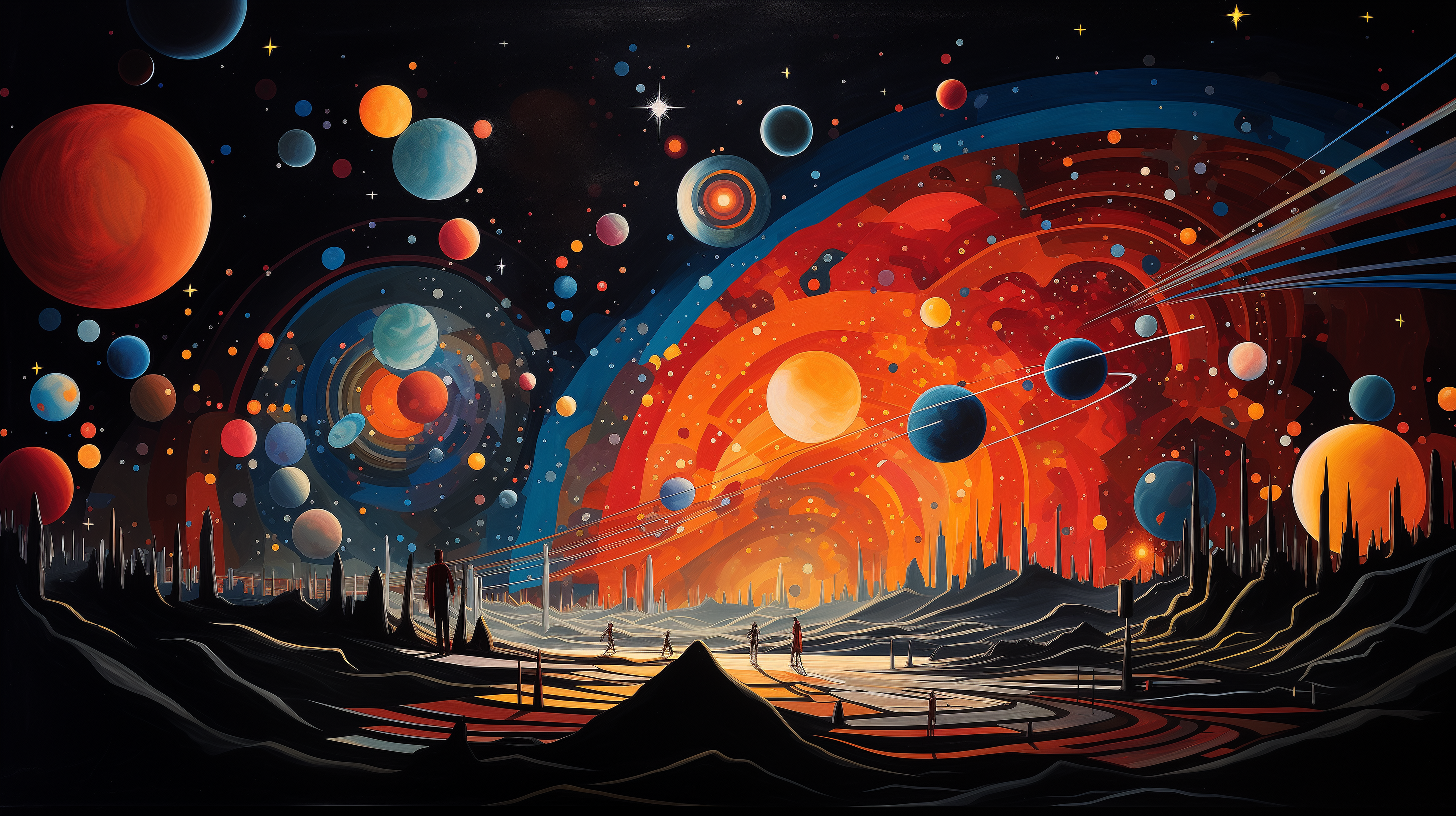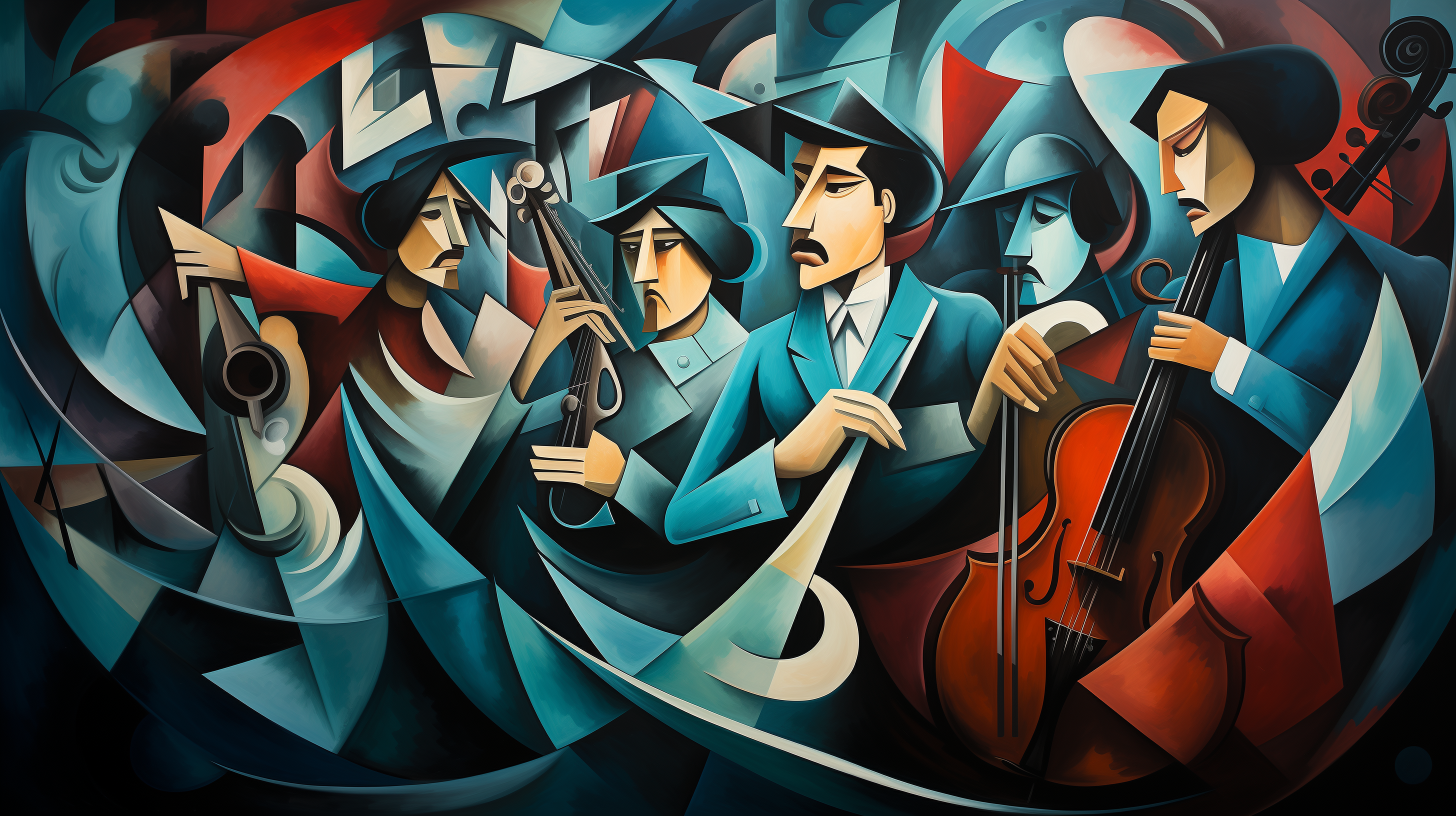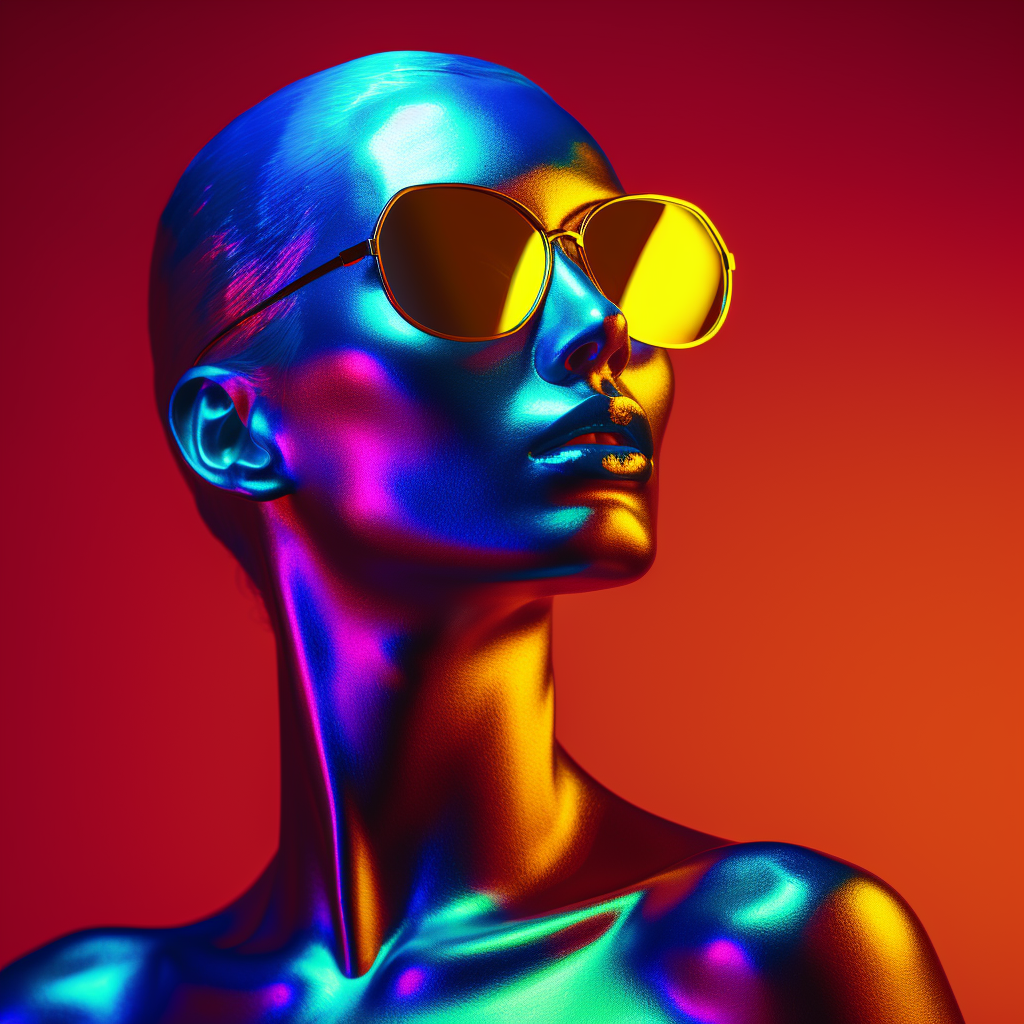Understanding the New AI Copyright Guidelines: What Artists Need to Know
 A Landmark Decision for Creators
A Landmark Decision for Creators
In a groundbreaking report released January 29, 2025, the U.S. Copyright Office has clarified how artists can protect their AI-assisted creative works. After reviewing more than 10,000 public comments and extensive consultation with stakeholders ranging from independent artists to major tech companies, the Office has established clear guidelines that balance technological innovation with traditional copyright principles.
What Qualifies for Copyright Protection?
The new guidance emphasizes the “centrality of human creativity” in determining copyright protection. Here’s a practical breakdown with real-world examples:
Protected Works:
- Human-AI Collaboration: A recent case involved Randy Travis, who received copyright protection for a new song created using AI vocal modeling technology to overcome speech limitations following a stroke. The work was protected because humans directed the creative process.
- Modified AI Outputs: An artist received copyright protection for a work that began with their original hand-drawn illustration, which was then enhanced using AI tools while maintaining the core human-created elements.
- Creative Arrangements: The Office has registered works combining human-authored text with AI-generated images, protecting the creative selection and arrangement of these elements.
Not Protected:
- Simple Prompts: Entering text like “professional photo, bespectacled cat in a robe reading the Sunday newspaper” into an AI image generator, regardless of how detailed the prompt, isn’t enough for copyright protection.
- Pure AI Generation: Works created entirely by AI systems without substantial human creative input remain uncopyrightable.
 Industry-Specific Impact
Industry-Specific Impact
Different creative sectors will be affected in unique ways:
Visual Arts
Artists can now confidently use AI tools for tasks like color correction or detail enhancement while maintaining copyright protection, as long as their creative vision drives the process.
Music Industry
Musicians can use AI for tasks like beat development or mixing while retaining copyright protection. However, the Office notes concerns about AI-generated music flooding streaming services, with an estimated 170 million AI-generated tracks potentially affecting human creators’ royalties.
Publishing
Authors can use AI for brainstorming and editing while maintaining copyright protection for their creative work. The key is using AI as a tool rather than a replacement for human creativity.
Practical Guidelines for Creators
To ensure copyright protection for AI-assisted works, creators should:
- Document their creative process and human contribution
- Maintain creative control over the expressive elements
- Be prepared to identify and explain their original contribution
- Understand that using AI tools for assistance doesn’t void protection
- Remember that selection and arrangement of AI-generated elements can be protected
International Context
The U.S. approach aligns with emerging global trends. Korea, Japan, and many European Union members have similarly emphasized human authorship requirements while acknowledging AI’s role as a creative tool. This international consistency provides clarity for creators working in the global digital marketplace.
 What’s Next?
What’s Next?
The Copyright Office will:
- Release updated registration guidance
- Revise the Compendium of U.S. Copyright Office Practices
- Address AI training and licensing issues in a forthcoming report
- Continue monitoring technological developments to ensure guidelines remain relevant
The Bottom Line
This guidance marks a significant step forward in adapting copyright law to the artificial intelligence era. While maintaining the fundamental requirement of human creativity, it provides a practical framework for creators to confidently use AI tools without fear of losing copyright protection. The key is understanding that AI should enhance, not replace, human creative expression.
For more information about the Copyright Office’s AI Initiative, visit www.copyright.gov/AI



